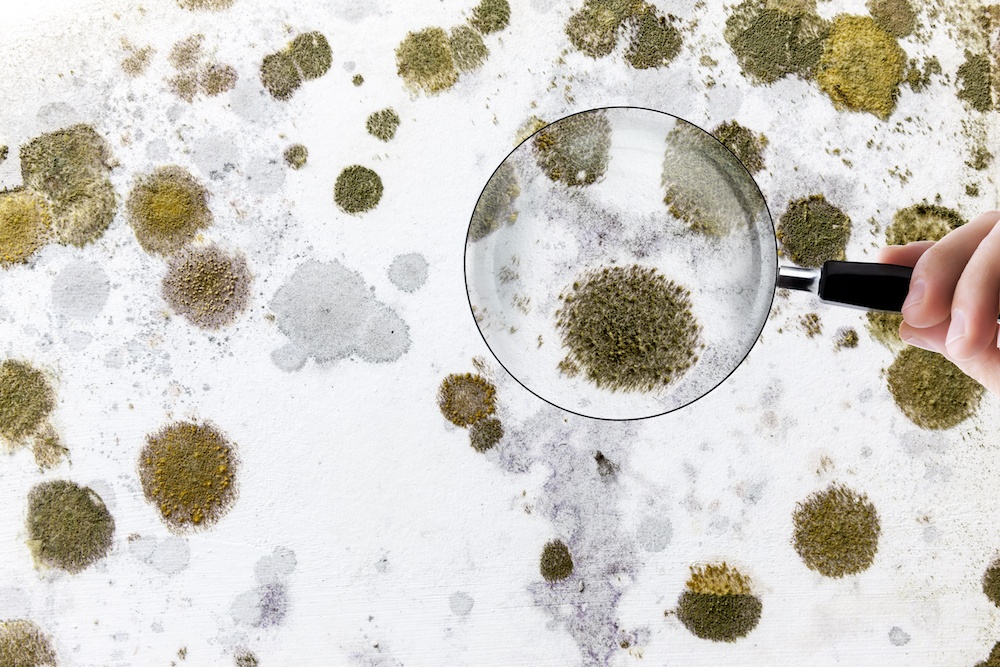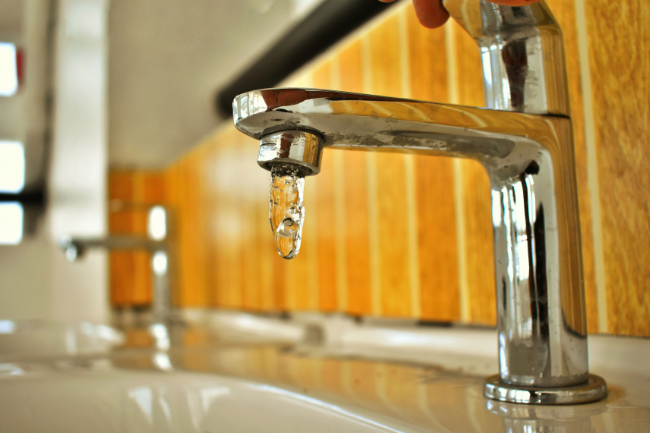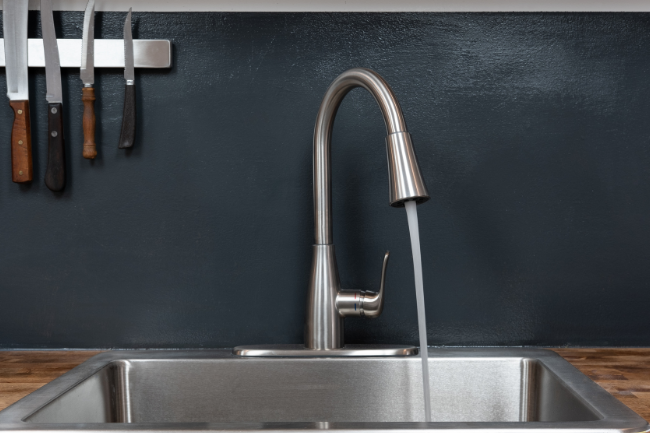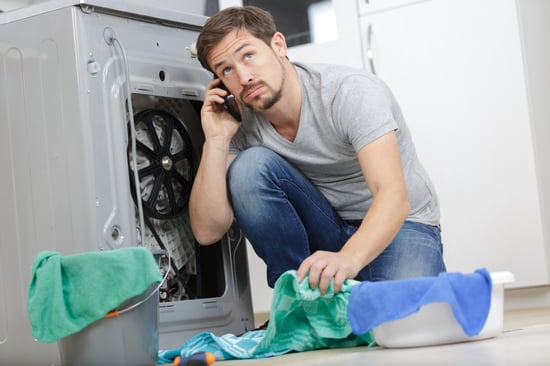The Rundown on Health Problems Caused by Pipe Leaks
Posted by William Heinselman on

Home and commercial pipe leaks often occur when property owners least expect them. If unnoticed or left unattended, they can quickly cause significant damage to other home fixtures. While the strain of repair costs and the potential for further damage to your property is a troublesome thought, the risk of health problems caused by severe leaks is an even greater cause for concern.
In most circumstances, it’s not the leaks themselves that cause harm, but rather the mold and mildew that tend to thrive in moisture-rich habitats. These hazards can lead to a slew of respiratory problems, which put yourself and any in your property in danger.
Characteristics of Mildew and Mold
Although mildew and mold are both fungi, they are slightly different in appearance and characteristics. In addition to moisture, they require air, food, and a temperature between 41 and 104 degrees Fahrenheit to grow and thrive.
Unfortunately, cutting them off from air in the home is all but impossible. When it comes to food, they can feed on any number of household surfaces, including wood, fabrics, wallpaper, and even paint. And since you’re not likely to set your home’s thermostat below 41 degrees or above 104, the only reliable method for combatting mildew and mold is keeping the house as dry and ventilated as possible.
Mildew
Mildew is considered the less severe of the two. Usually grayish-white or brown with a powdery texture, mildew usually forms only on the surface of materials. It’s commonly found growing on bathroom tile or in damp corners. While its spores can sometimes cause severe allergic reactions, mildew is easily killed with bleach or vinegar.
Mold
Mold, on the other hand, is both more serious and more difficult to deal with. It grows quickly when exposed to moisture, producing spores within 24 to 48 hours. These spores contain allergens and irritants that can cause serious health problems if they get into the respiratory system. Mold is typically darker than mildew and can come in a variety of colors ranging from black to bright red to dark green. Its presence is usually accompanied by a foul, pungent odor.
At a glance, mold often looks like a patch of dirt. Unfortunately, unlike mildew, mold penetrates surfaces, making it much more difficult to remove. Left untreated, mold can also cause significant structural damage as it eats away materials like wood and drywall. Unless your walls are made of plaster (which is non-porous), if you find mold on a wall surface, there is a good chance there’s more mold growing on the backside of the paneling or drywall.
Health Effects and Symptoms
When mold, mildew, and harmful fungi grow within a home or property, they can quickly lead to severe respiratory problems if unnoticed or unresolved. Most commonly, these symptoms include:
- Throat, nose and skin irritation
- Itchy eyes or redness
- Frequent coughing or sneezing, as if affected by a severe allergy
- Upper and lower respiratory infection
- Sinus congestion
- Rashes
- Fatigue
- Fever and/or difficulty breathing
In many cases, mold and fungi-related health problems are caused by simply breathing in harmful spores, which are easily transferrable and fill the air around surfaces affected. Direct skin contact, of course, can also cause allergic reasons or irritation. These problems are made even more severe when combined with pre-existing respiratory conditions, such as asthma. That’s why it’s so important to act quickly whenever symptoms develop or mold is detected.
What You Can Do
Mold and other hazardous spores cannot live without water, so the first step in resolving a mold or mildew problem in your home is determining the source of the moisture. In most cases, the problem is caused by excess moisture gathering within walls, ceilings, or other surfaces. Some sources, such as a leaky faucet, sweating pipes, or run-off from an air conditioner or appliance, are easy enough to spot. The difficulty comes when water is trapped within walls due to a leaky pipe.
Not all pipe leaks are immediately noticeable, but even a minor leak can cause a mold problem within your home. The worst part is that the issue may go completely unnoticed until you or a family member develop the first symptoms of respiratory problems.
If you find a source of mold somewhere in your home, such as under your sink or in the bathroom, the first thing you should do is call a team of mold removal experts to safely deal with the issue. However, if anyone in the home is exhibiting symptoms similar to those listed above for no discernible reason, you should reach out to a leak detection expert immediately. The problem may very well be a hidden leak within your property’s walls and will only grow worse over time.
When it comes to dealing with hidden leaks, its usually best to seek out the services of a professional plumbing contractor. At Express Sewer & Drain, we’ve been tackling plumbing challenges large and small in the Sacramento area for years. With our FREE estimates and flat-rate pricing, we’ve built a strong reputation for expert workmanship and unparalleled customer service. If you suspect your home is suffering from a hidden leak, give us a call and we’ll make sure mold and mildew never have a chance to take root.
Topics: Pipe Leaks and Repair







